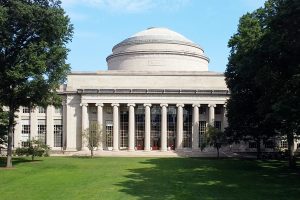In 1961, Massachusetts Institute of Technology (MIT) began teaching a course in entrepreneurship called New Enterprises. Today, the class is as popular as ever and serves as a launching pad for serial entrepreneurs of the future.
The course imitates the environment entrepreneurs will find themselves in when attempting to start a company, requiring that students develop one business idea throughout the semester. They form teams, create a business plan, hold board meetings, and pitch to investors, all with the help of instructors. They also receive expert feedback from professors, experts in the field, and alumni.
Lecturer Paul Cheek, who began teaching New Enterprises in 2020, says that the program isn’t just another class where students do their work and go home – it’s a fun, engaging opportunity to be creative and plan for the future.
After the class ends, students are given access to resources such as MIT’s Legatum Center for Development and Entrepreneurship; the MIT Sandbox Fund, which provides seed funding for lucrative startups; and MIT’s Venture Mentoring Service, which offers free and confidential expert input for new entrepreneurs. Successful alumni from the program include Robert Swanson, founder of Genentech (the first synthetic insulin producer), and Jon Hirschtick, who founded computer-aided design (CAD) companies SolidWorks and OnShape.
MIT has been a hothouse for entrepreneurs since before the program began; now, MIT’s presence in the business world has solidified. Graduates have founded six Fortune 500 Companies, including Intel and Qualcomm, and more than 30,000 MIT-founded companies were active players, according to a 2015 report from the university’s Sloan School of Management. The companies employed 4.6 million people and produced annual revenues of $1.9 trillion – that’s as much as the tenth-largest economy in the world.




















